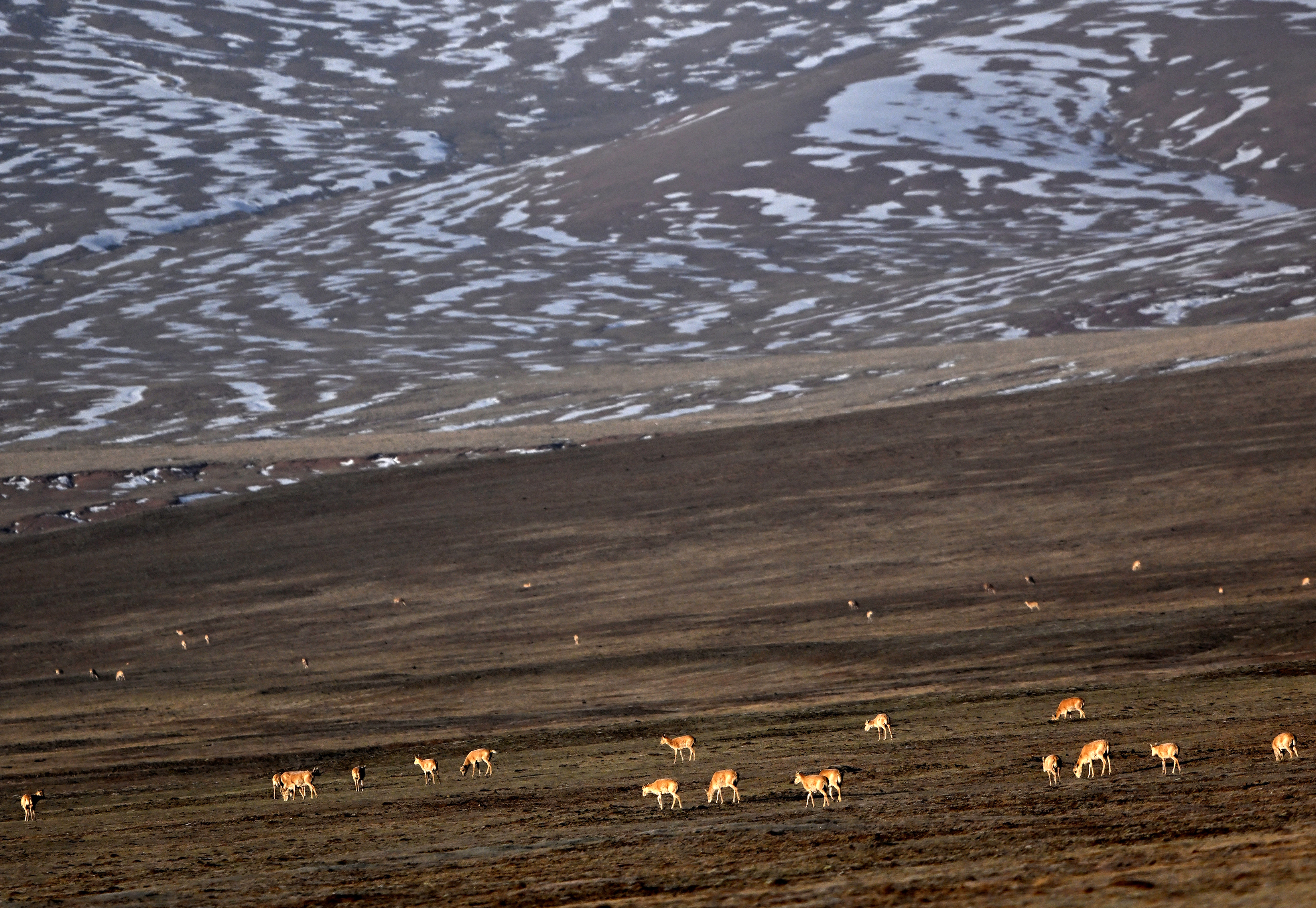
Zhu said the lakes’ expansion was caused by increased precipitation and glacial meltwater, both results of climate change. The expanding water volume has led to lakes that are less salty.

“The lower salinity in lakes means a decrease in salinity levels in the whole region. And in some places, the groundwater may be drinkable when pumped,” Zhu said.
“Tibetan Plateau lakes are diverse in terms of area, depth, salinity, structural types and water supply conditions,” according to the study.
Zhu and his colleagues measured the salinity of 87 lakes on the Tibetan Plateau. The lakes sampled account for about 60 per cent of the plateau’s total lake area.
The study found that lakes with significant changes in salinity were mainly concentrated in the central and northern parts of the plateau. The changes in salinity in western, southern and eastern areas of the plateau were not significant, SCMP noted.